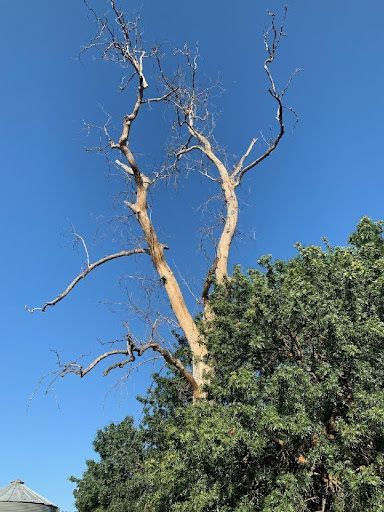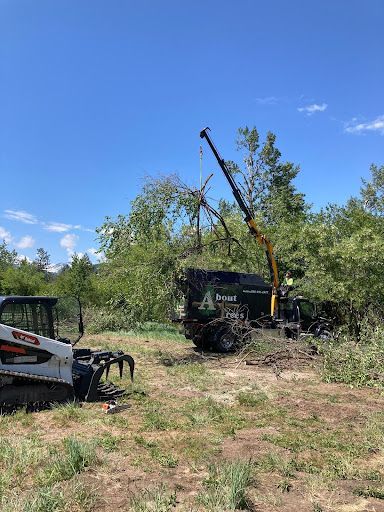10 Essential Tips for the Safe Removal of Widow Makers: A Guide to Tree Hazard Mitigation
Living amidst the beauty of nature, we often find solace in the presence of towering trees. However, these majestic giants can pose a potential threat when hazardous limbs, also known as "widow makers," are present. In this guide, we will delve into ten essential tips for the safe removal of widow makers, emphasizing the importance of professional tree removal services in ensuring the safety of both property and lives.
1. Identify and Assess the Widow Makers:
Before initiating any removal process, it is crucial to identify and assess the widow makers. Conduct a thorough inspection of your trees, looking for dead or damaged branches that could potentially fall. Pay special attention to branches overhanging structures, pathways, or areas frequently used by people.
2. Safety First – Use Personal Protective Equipment (PPE):
Prioritize safety by ensuring that all individuals involved in the removal process wear appropriate personal protective equipment (PPE). This includes helmets, gloves, eye protection, and sturdy footwear. Safety should always be the top priority when dealing with potentially hazardous tree branches.
3. Hire Professional Tree Removal Services:
When dealing with widow makers, it is imperative to seek the expertise of
professional tree removal services. These professionals possess the knowledge, equipment, and experience required to safely remove
hazardous limbs, minimizing the risk of accidents during the removal process.

4. Assess Environmental Factors:
Consider environmental factors such as weather conditions before attempting to remove widow makers. Strong winds or adverse weather can complicate the removal process and increase the risk of accidents. It is advisable to schedule removal on calm days with favorable weather conditions.
5. Use Appropriate Tools and Equipment:
Proper tools and equipment are essential for the safe removal of widow makers. Pruning saws, chainsaws, and climbing gear may be required, depending on the size and location of the branches. Always use tools that are in good condition and well-maintained to ensure a smooth and safe removal process.
6. Establish a Clear Removal Plan:
Before starting the removal of widow makers, create a clear plan outlining the steps involved. Identify the direction in which the widow maker will fall and ensure that the area is clear of people and obstacles. Communicate the plan with all individuals involved to avoid any confusion during the operation.
7. Practice Proper Cutting Techniques:
For removal of widow makers, employ proper cutting techniques to control the direction of the fall. Make strategic cuts to avoid unnecessary damage to the tree and ensure a controlled descent. If uncertain, consult with professionals or refer to reliable resources to understand the best cutting practices for your specific situation.
8. Dispose of Debris Safely:
After successfully removing widow makers, dispose of the debris safely and responsibly. This may involve chipping the branches for mulch or arranging for proper disposal. Leaving debris around can create additional hazards, so it is crucial to complete the entire removal process, including cleanup.
9. Regular Tree Maintenance:
Preventing the formation of widow makers is as important as safely removing existing ones. Regular tree maintenance, including pruning and trimming, can help identify and address potential hazards before they become critical. Consider scheduling routine inspections by professional arborists to keep your trees in top condition.
10. Seek Professional Guidance for Large or Complex Removals:
In cases where the widow maker is particularly large or removal is complex, it is advisable to seek professional guidance. Arborists can assess the situation and recommend the best course of action, ensuring a safe and efficient removal process.
Conclusion:
In conclusion, the safe removal of widow makers requires a combination of expertise, proper equipment, and adherence to safety protocols.
Professional tree removal services in Redding, CA, play a vital role in mitigating the risks associated with hazardous limbs, ensuring the well-being of both people and property. For reliable widow maker services in Redding, CA,
contact About Trees today or email us at
info@abouttrees.us.
By following these ten essential tips and entrusting the task to experienced professionals, you can enjoy the benefits of lush greenery while ensuring a safe and secure outdoor environment.



